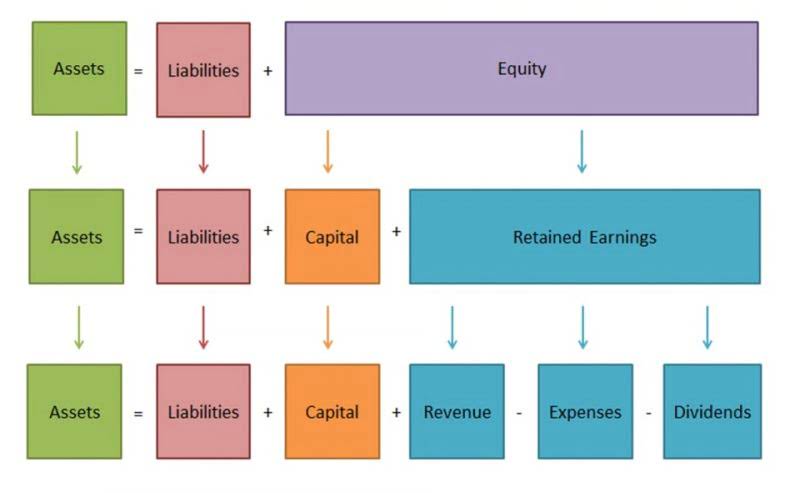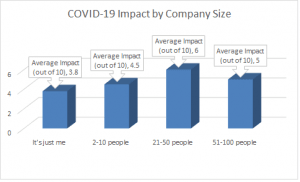
Thus, construction work in progress is one of only two fixed asset accounts that are not depreciated – the other one being the land account. CIP ensures that construction expenses are separated from operational assets, providing a clearer financial picture. This clarity helps businesses avoid overstating their profits by allocating costs to the correct period. There are a number of benefits to using this method, including improved accuracy and transparency.

Transparent Financial Records
It helps organizations track expenses for assets under development, ensuring accurate financial reporting and better fixed assets control over costs. One of the key purposes of CIP is to provide transparency in financial reporting. By capitalizing costs that are still in progress, businesses can avoid misrepresenting their financial statements by inflating expenses or understating the value of their projects.
Challenges in CIP Accounting

In most cases, the credit will be account payable or cash if paid immediately. It relates to using that raw material in building the asset which is sold by the business as its normal operation. If the financial statements have ‘construction in progress or process’ under the head of PP&E, it is a ‘build to use’ asset. Whereas, if the account appears under the heading of ‘Inventory and assets,’ it is probably a ‘build to sell’ asset. According to the matching principle of accounting of accrual accounting, the expenses related to certain revenues must be recorded in the same period when they were incurred. One thing to understand is that only capital costs related to an asset under construction are to be kept in the CIP account.

How to Record Entries for CIP Accounts
CIP accounting also enables businesses to accurately report the value of their construction projects in their financial statements. Key differences include the type of project tracked and how costs are reported. CIP accounts reflect capital investments and appear as fixed assets, while WIP costs are reported under inventory on the balance sheet. Both are essential for accurate financial reporting, but understanding their distinct roles ensures clarity in financial statements. Despite not being completed or operational, it’s https://www.bookstime.com/ recorded within the PP&E section, encompassing long-term assets used to generate revenue over multiple periods.
Step 2: Document and Record Each Expense
Indirect costs, on the other hand, encompass overhead expenses such as administrative salaries, utilities, and equipment depreciation. Properly categorizing these costs ensures that the financial statements reflect the true cost of the project, accounting cip aiding in more accurate budgeting and forecasting. The construction in progress can be complex, but it is essential for accurate financial reporting.
- By following GAAP principles, maintaining accurate records, and using the right tools, construction firms can achieve compliance, enhance financial transparency, and support long-term growth.
- This means that if a construction contract relates to two or more assets, each asset will be treated as a separate contract.
- While costs are being accumulated in the construction work in progress account, do not commence depreciating the asset, because it has not yet been placed in service.
- This transition is essential to meet accounting standards and allows businesses to log their investment in new constructions on their books accurately.
- Finally, there may be other costs that can be specifically charged to the customer under the terms of the contract – these should also be taken into account.